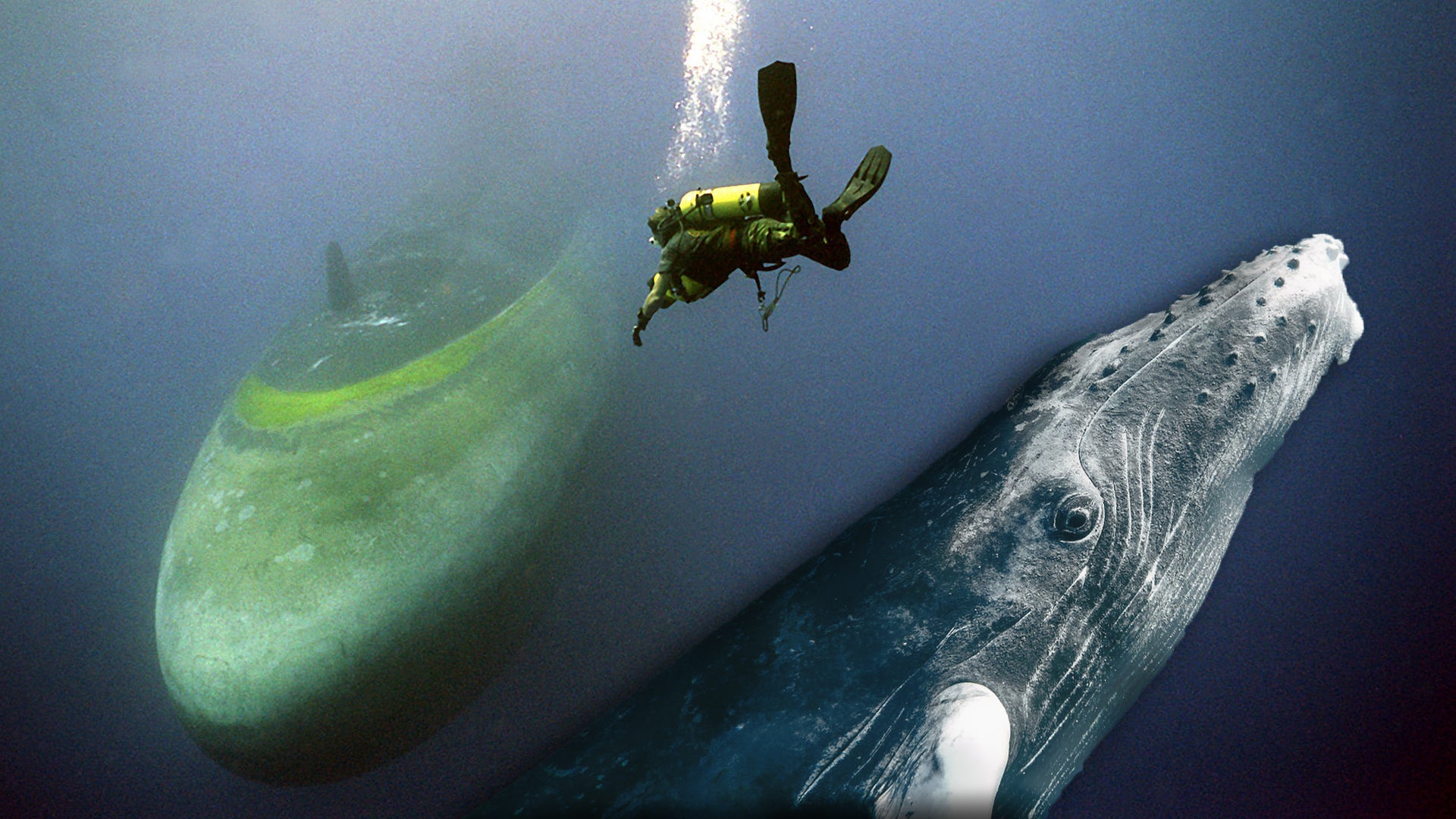An American submarine desperately needs to get in contact with other ships in the U.S. Navy, but Soviet anti-submarine aircraft and warships are on the hunt, listening for any clues as to its whereabouts. During the search, the sonar operators hear a pod of whales singing to each other and don’t give it another thought. However, what they just heard was actually the sub using a secret, covert communication system that mimics sea mammal noises.
This wasn’t a scene from a spy novel or blockbuster Cold War submarine thriller—it was how the U.S. Navy once envisioned real life undersea operations. In 1959, the Navy Electronics Laboratory got to work on the concept as part of Project Combo. The work centered on the understanding that, under the right conditions, certain marine mammal sounds and the vibrations they generated might travel over very long distances underwater. More importantly, they’d appear so common as to go unnoticed by the enemy.
“Marine animal sounds are common and prominent components of the natural underwater sonic environment,” engineers at the Naval Ocean Systems Center (NOSC) explained in a report more than two decades later. “Military communications based on natural animal sounds confound detection by even informed enemy surveillance because the messages are but a small portion of the total biological chorus.”
A private individual obtained a copy of the review through a Mandatory Declassification Request. Government transparency website GovernmentAttic.org posted a copy online in December 2016.

Submariners and their boats have long proven their worth for patrolling large areas discreetly, performing surveillance missions, and quietly inserting elite troops and agents behind enemy lines. Roving ballistic missile submarines, which are especially hard for opponents to locate and target, are a key component of the America’s “Nuclear Triad.” They call it the “silent service” for good reason.
But rapidly communicating and sharing information with other friendly forces was a persistent problem. One of the biggest underlying problems was that radio waves simply don’t travel well through salt water. As radars, sonars and other sensors continued to improve after World War II, a submarine riding on the surface sending signals home increasingly risked giving away its position and becoming a prime target.
The boats could use sounds to send messages while submerged. Unfortunately, sub hunters could keep their ears open for those artificial noises, too. Submarines could broadcast very-low frequency messages while submerged, but had to be relatively close to the surface. An antenna in a tethered buoy might allow crews to send and receive messages from greater depths, but enemy aircraft and ships could still intercept and zero in on the transmissions.
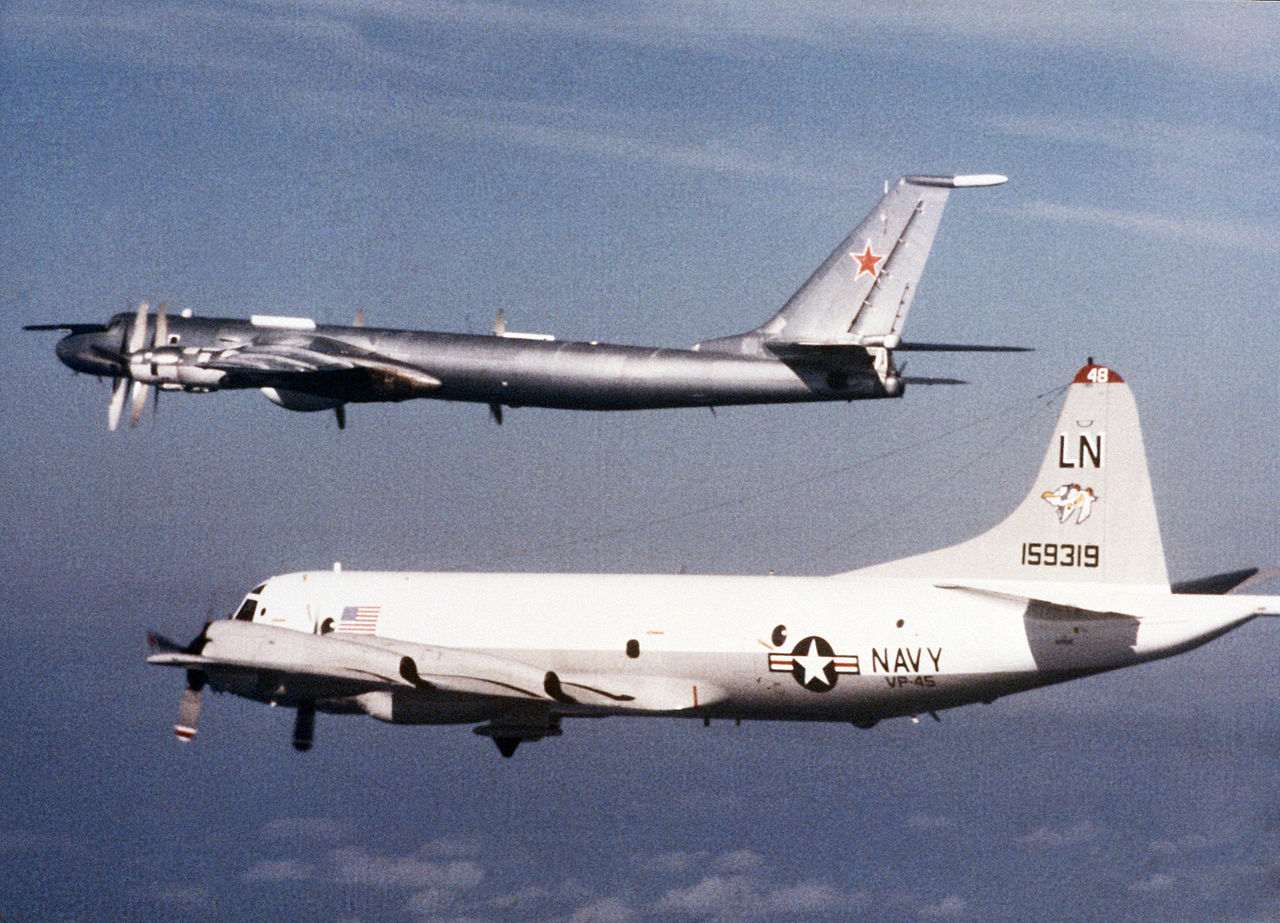
This is where the Combo gear came in.
The basic plan was to develop coded messages from recordings of whales, dolphins, sea lions, and seals. The submarine would broadcast the noises and a computer – the Combo Signal Recognizer (CSR) – would detect the specific patterns and decode them on the other end. In theory, this idea was relatively simple. As work progressed, the Navy found a number of complicated problems to overcome, the bulk of which centered on the authenticity of the code itself.
The message structure couldn’t just substitute the moaning of a whale or a crying seal for As and Bs or even whole words. In addition, the sounds Navy technicians recorded between 1959 and 1965 all had natural background noise. With the technology available, it would have been hard to scrub that out. Repeated blasts of the same sounds with identical extra noise would stand out to even untrained sonar operators.
And that’s not even getting into how not all sea life lives in the same regions or “talks” the same way. Using a whale or porpoise code in an area that those animals didn’t live might expose the whole system. You wouldn’t want to be broadcasting mating calls when it wasn’t mating season, either.
“These speculations presume a knowledgeable interpretor [sic],” NSOC noted. Nevertheless, it was a very real set of concerns for the Combo team.
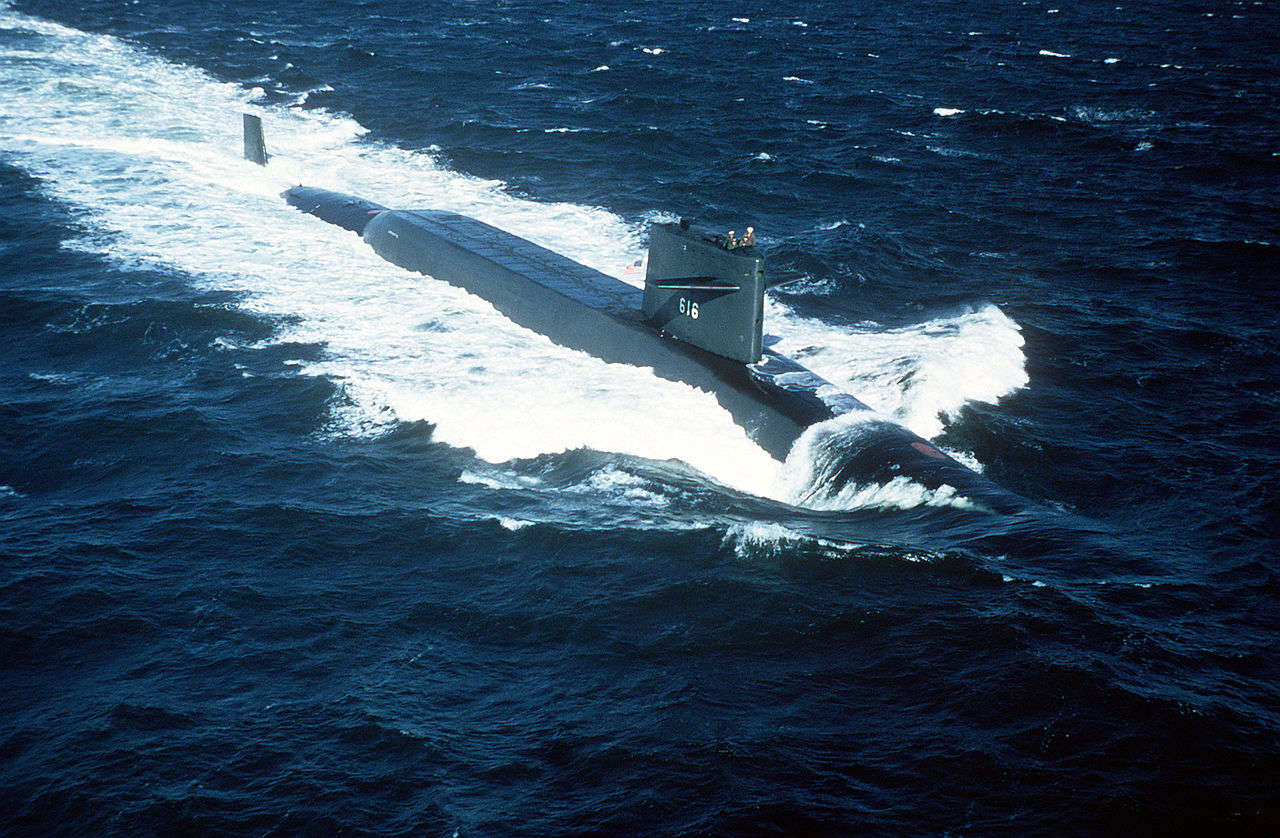
In the end, the Navy recorded more than a dozen different species in the wild. Researchers determined that whales with a “cosmopolitan occurrence” in multiple regions, such as pilot and killer whales, would probably be best for Combo’s needs. Their songs remained more consistently audible underwater over reasonable distances than many smaller marine mammals, too.
In 1970, the Defense Advanced Research Agency (DARPA), the Pentagon’s top advanced research and development arm, became involved with Combo. The organization put up the funds to synthesize the recorded sounds into a useful audio library. Naval Ship Systems Command (NAVSHIPS) sponsored the work on the actual communications equipment.
Crafting a flexible code from the audio collection turned out to be too difficult. The ultimate solution was to match specific recordings to pre-determined messages. A submarine or other ship would play the sounds and the CSR or improved CSR-II would display an arbitrary numeric code. The receiving crew would then consult a code book to figure out the meaning.

To improve the reliability of the system, Combo’s gear would pump out the same message three times at varying frequencies. The CSR could then double check to make sure it had detected the right message. If the computer couldn’t figure things out, the LED display would light up the word “BAD.”
The Combo system could pump out pilot whale sounds on any of nine preset frequency bands. To protect the code’s integrity, depending on the particular day, the operators would only use specific frequencies as indicated in their code book. On top of that, the full recordings would bury the specific, meaningful notes inside a longer track full of arbitrary natural-sounding ambient noise.
The Navy understood that these messages would have to contain “low data,” such as “I am a friendly ship” or “mines ahead.” These pre-arranged communications would not be able to include detailed specifics.
In 1973, the service conducted two series of undersea tests near Santa Catalina Island, one of California’s Channel Islands near the city of Los Angeles. Static speakers and receivers sent and received six pre-configured messages at distances of five, 10 and 20 miles. In the first round, technicians placed all the devices at depths of approximately 150 feet. They almost doubled that to 250 feet for the second set of experiments.
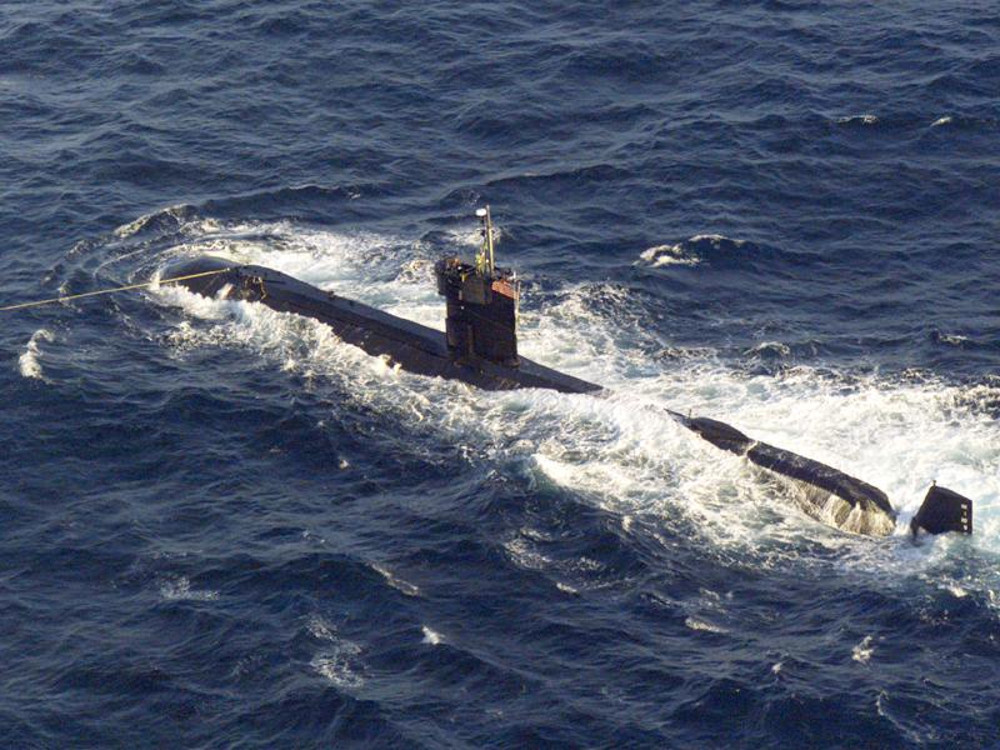
The equipment worked almost perfectly, according to NOSC. The original CSR computer successfully translated every sent message the five and 10 mile distances, and 90 percent of the sent messages at 20 miles.
The next year, the diesel-electric research submarine USS Dolphin successfully exchanged a number of messages with a ship on the surface. The noises even reportedly attracted a number of whales. In 1975, the Navy performed more static experiments with revised codes, but simply to gauge how much distortion there might be underwater as the sounds traveled between 3 and 16 miles from the source.
NOSC reported that messages could be viable out to a maximum distance of 50 miles. Additional experiments sought to determine whether standard sonobouys could receive the noises and pass them along via radio to a CSR or CSR-II for decoding. These demonstrations showed the floating beacons would pick up the whale songs between 5 and 7 miles away, and then pass them on successfully, all of which could have greatly expanded the range of the system.
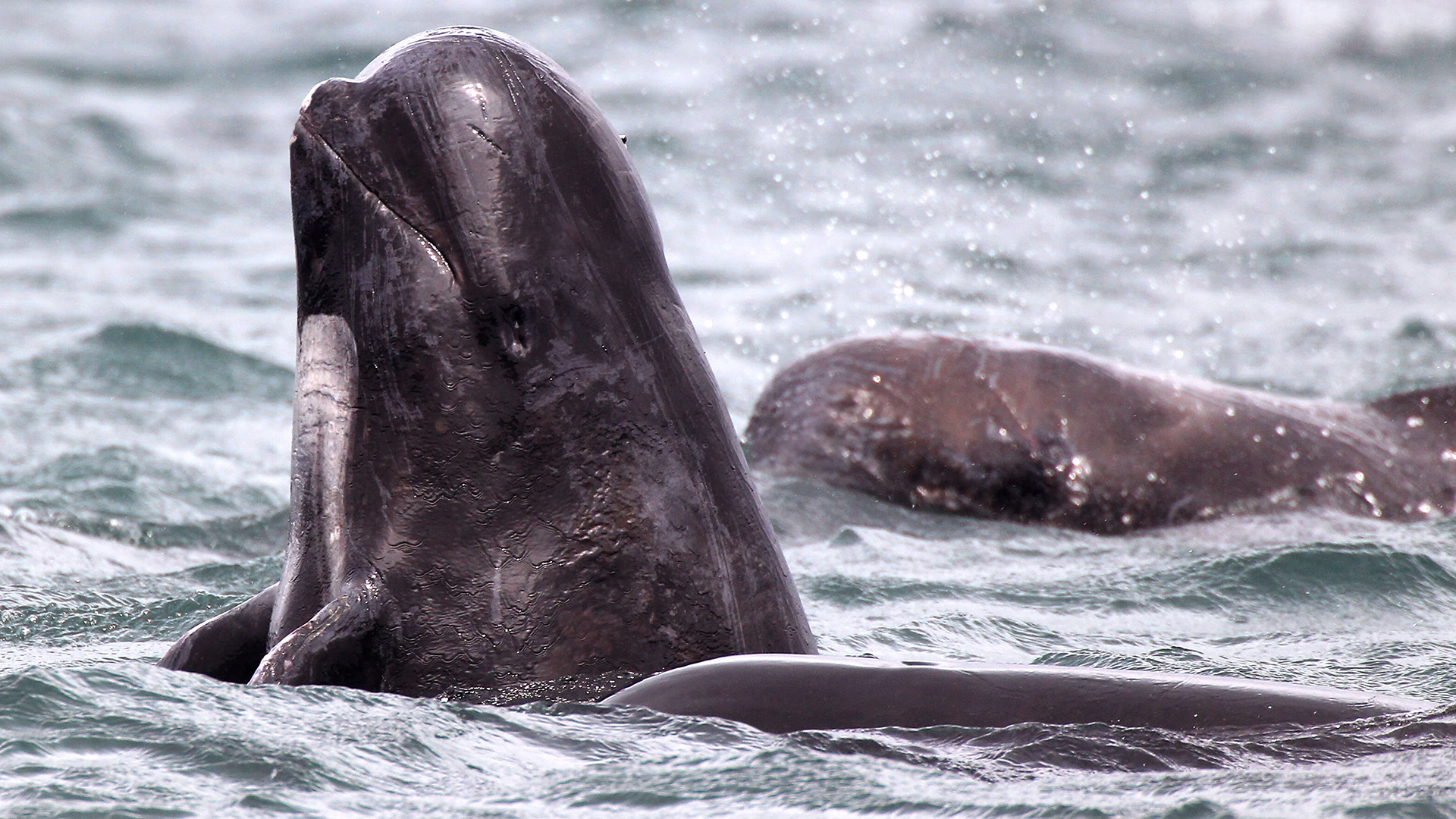
With these successes in hand, by 1980, engineers working on Combo recommended continued development of the equipment as part of an existing “Low Data Rate/Quick Response” communications program. They also wanted an extended library of marine animal sounds and related information.
We don’t know what ultimately became of the project’s work, but the Navy seemed to disagree when it came to its usefulness. There were also a number of parallel projects that could have doomed the whale song code.
The Navy might have just been disappointed with Combo’s range and message sizes. With research suggesting sea animal noises carrying across hundreds or even thousands of miles, sending a note to a ship 50 miles away would have been a major let down. Coding enough fixed, simplistic messages for the equipment to be truly useful might easily have been daunting task. And by 1980, engineers had already spent more than two decades just proving the system could work.
“It was never successful,” Dr. Christopher Willes Clark, founder of the Cornell Bioacoustics Research Program, wrote to Atlus Obscura in an email. “The process of projecting coded ‘whale’ sounds out to functional distances is not viable.”
It’s possible that Combo was the victim of decades of improvements in more conventional communications tools. In 1968, it had begun separate work on extremely-low frequency (ELF) radio transmitters that could reach submarines deep underwater. After a series of proposals and tests, work finally began on Project ELF in 1981. The final system became operational in 1989 with multiple ground-based transmission stations scattered around the globe.
Over the same period, the Navy had steadily improved a fleet of airborne very-low frequency (VLF) radio relays, as part of system of systems called Take Charge and Move Out (TACAMO). The main job of these flying command centers was—and still is—to get orders to ballistic missile submarines in a doomsday scenario where an enemy attack destroyed land-based communications sites. Of course, TACAMO never completely solved the sub-to-sub or ship-to-sub communication gap.
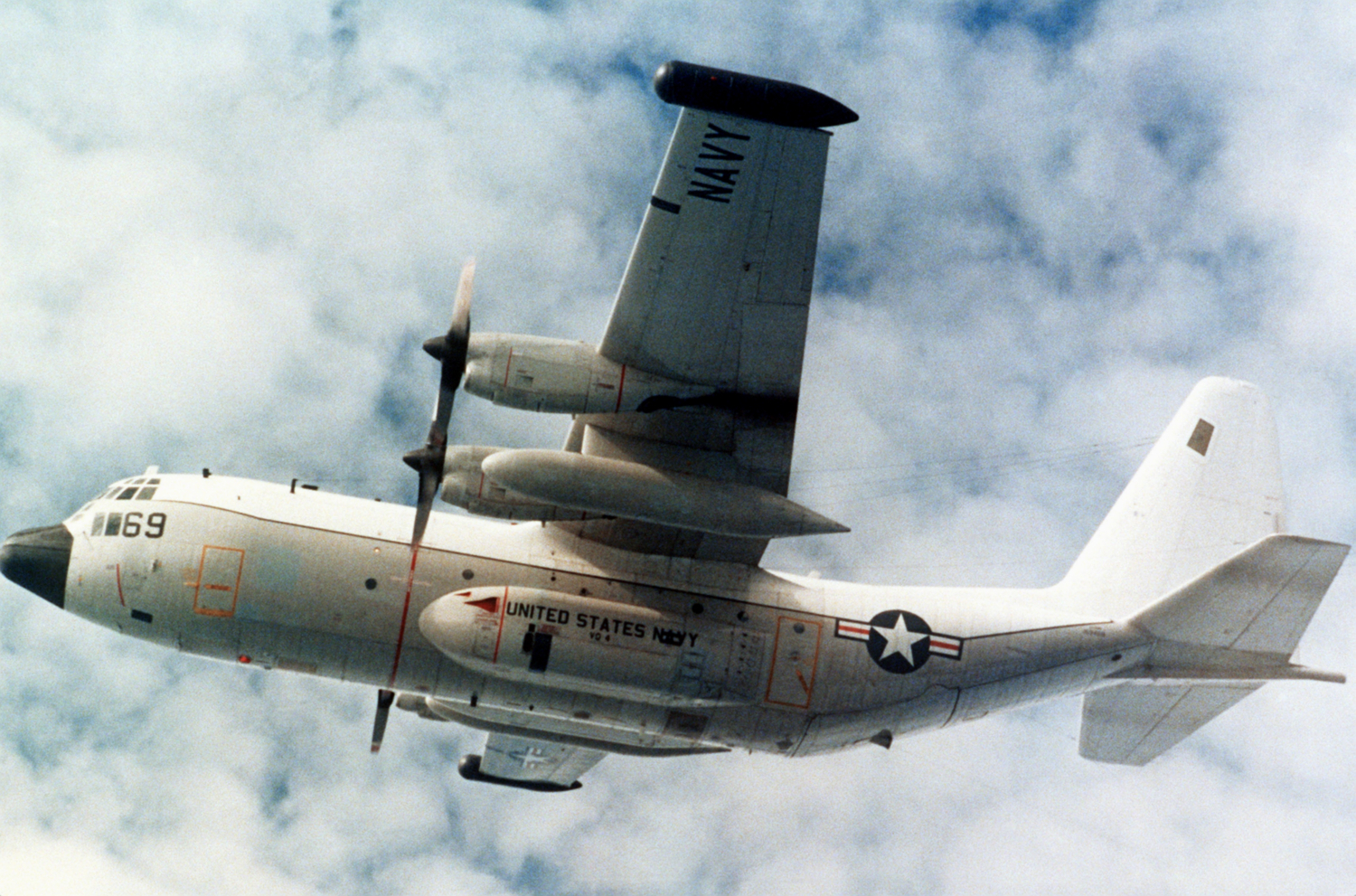
In 1989, the Navy began replacing its EC-130Q TACAMO planes, based on the C-130 Hercules cargo aircraft, with larger and more capable E-6A Mercuries. In 2004, it shut down the Project ELF sites altogether.
More than a decade later, improved E-6Bs were still flying, though the Pentagon was looking into a future replacement. In the near future, submarines may end up communication via further improved radio systems, with underwater drones as relay nodes, or even with beams of light.
There’s no indication the Navy is still interested in putting communication system based on animal sounds into service on submarines or any other warship. But if that ever changes, someone will probably have to go looking for the Combo tapes.
Contact the author: joe@thedrive.com
